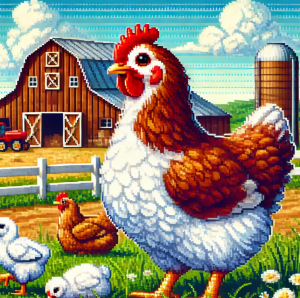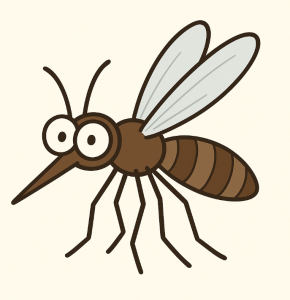
Bird Flu Is Back: Millions of Birds Lost, Rising Human Risk, and Why Scientists Are Worried This Winter
As migratory birds make their seasonal journey south, they’re carrying more than just wings and feathers; many are transporting the H5N1 avian influenza virus, better known as bird flu. Over the past month, the U.S. has seen a dramatic resurgence of outbreaks, killing more than 3.5 million turkeys, chickens, and ducks across dozens of states.
A Nationwide Surge
According to the U.S. Department of Agriculture, at least 66 poultry flocks have been affected in the past 30 days. Hardest hit are states in the Midwest and Great Plains, where dense poultry and dairy operations intersect with major migratory bird routes. Indiana alone has reported 35 major outbreaks this year—including recent detections in LaGrange County, where tens of thousands of ducks and egg-laying hens were lost. The state ranks first in duck production and third in egg production, meaning the economic and supply chain effects could have a ripple effect nationwide.
Out west, California’s Sonoma County has seen two large outbreaks at a duck breeder farm and a commercial egg producer. These early-season cases worry scientists, as migratory birds continue to move along the Pacific Flyway, often a harbinger of a wider spread to other states.
Why Experts Are Sounding the Alarm
Despite the growing scope, researchers say federal surveillance and communication efforts have weakened in recent years. Staffing cuts and reduced coordination between scientists and federal agencies have left significant blind spots. “We’re not in a great position for monitoring things,” warns Dr. Wendy Puryear of Tufts University. “It’s a national security issue.”
Virologist Dr. Seema Lakdawala of Emory University notes that the virus remains entrenched in farm environments, showing up in the air, on equipment, and even in waste streams. Cows can shed the virus in their milk, and farmworkers risk breathing in infectious particles. While the current strain hasn’t developed mutations that enable it to spread easily between humans, conditions on farms make repeated spillovers more likely.
Human Risk and Limited Testing
Though only a handful of human cases have been reported in the U.S. so far, experts fear complacency. Many infections present as mild eye or respiratory symptoms, easy to miss without testing. In one CDC-backed study, 7% of dairy workers in Michigan and Colorado showed signs of past infection. Yet fear of immigration enforcement and lack of healthcare access keep many farmworkers from getting tested, says Bethany Boggess Alcaulter of the National Center for Farmworker Health.
A Call for Action
Scientists warn that without a coordinated response—including stronger surveillance, more frequent testing of farmworkers, and support for farmers—the U.S. risks a repeat of last year’s near-pandemic scare. “They’re banking on the fact that nothing will happen,” says Dr. Nirav Shah, former deputy CDC director. “That’s a dangerous game to play when it comes to pandemic influenza.”
Bottom line: Bird flu is a growing concern for both public health and the economy. As migration season peaks, renewed vigilance could mean the difference between containing the virus and letting it spread.



